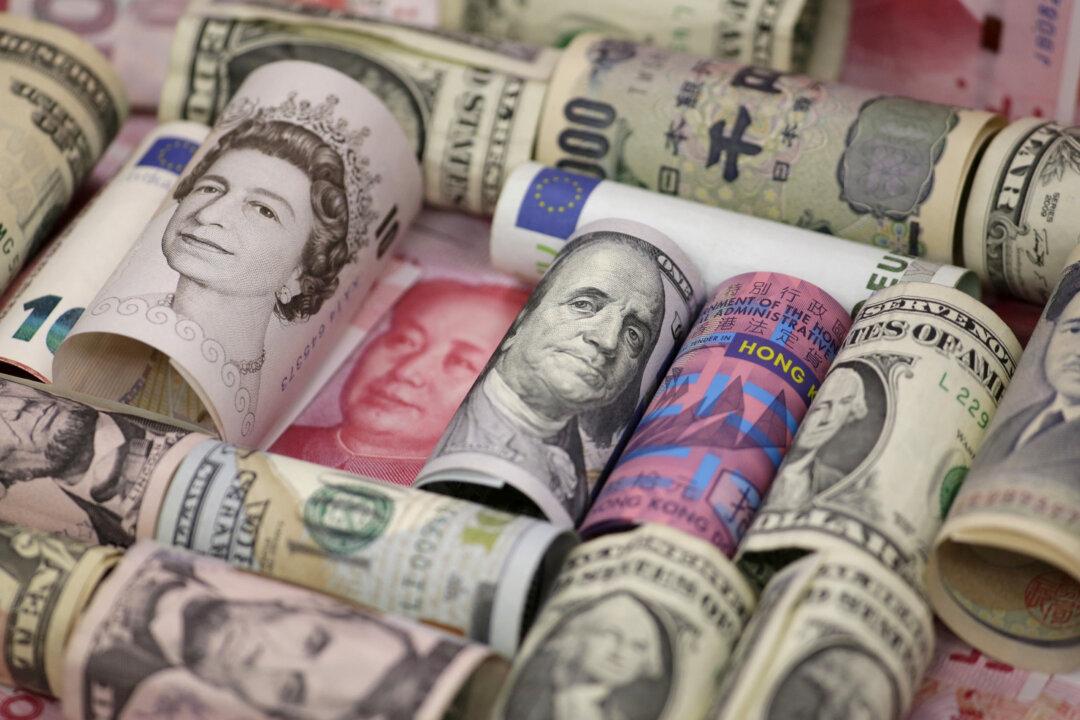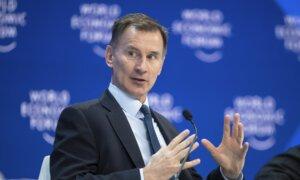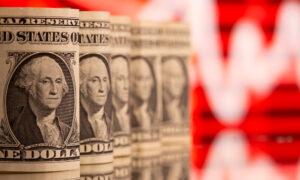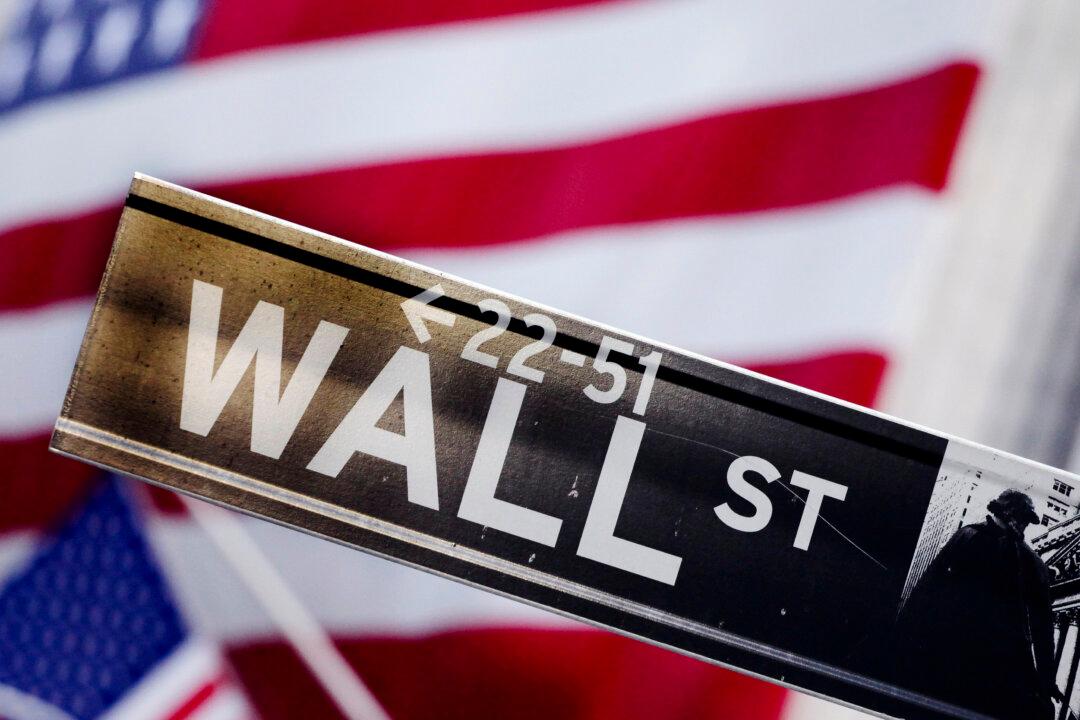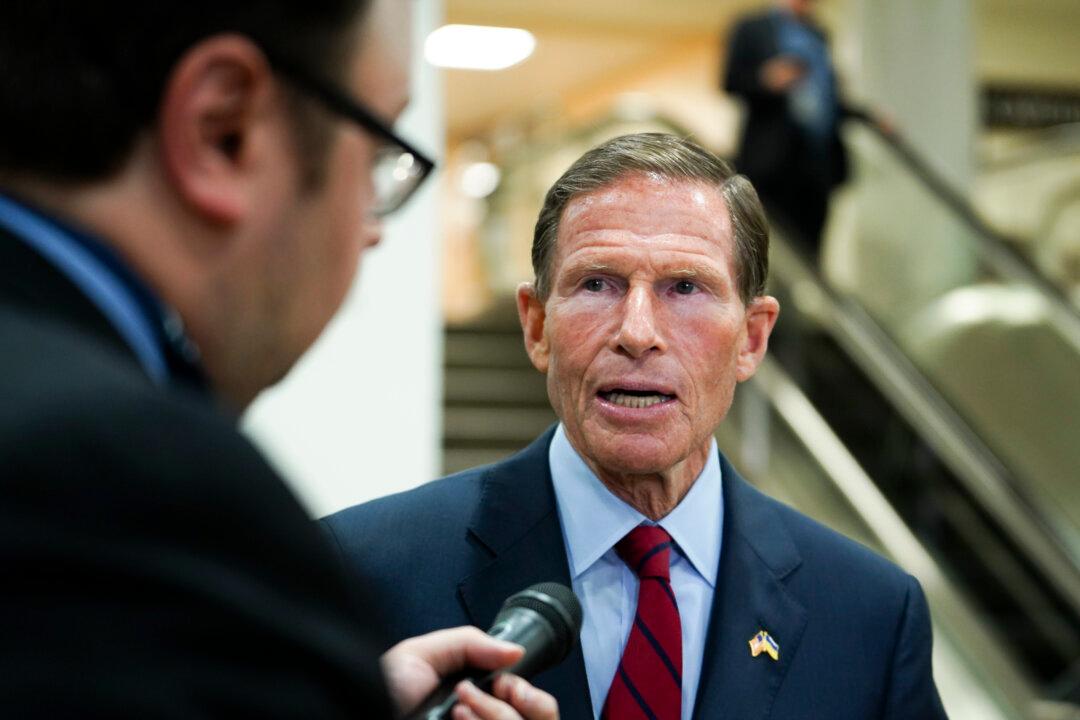Japan and the United Kingdom have joined the growing list of economies slipping into recession, and now economists are debating if the United States could soon become the next victim of economic forces.
Tokyo recorded back-to-back quarters of gross domestic product (GDP) contraction. In the third quarter, the Japanese economy fell 0.8 percent and then slid 0.1 percent in the fourth quarter. The development also knocked Japan off its pedestal as the world’s third-largest economy, with Germany now taking that spot.
The UK is also entrenched in a technical recession. Its GDP slumped 0.1 percent in the July-to-September span and declined 0.3 percent in the final three months of 2023.
Other countries officially in recession include Denmark, Estonia, Finland, Ireland, and Luxembourg.
For now, many economists and market observers don’t believe that the headwinds in Asia or Europe will influence the United States.
Recession Talk in the US
The U.S. economy has averted a downturn despite economists and market analysts forecasting a recession for more than a year.In the third and fourth quarters, GDP growth rates were 4.9 percent and 3.3 percent, respectively. Looking ahead to the first quarter, estimates point to comparable expansion.
But now that two of the world’s largest economies are entrenched in a recession, is the United States next?
Recession risks have been ubiquitous since the Federal Reserve launched its quantitative tightening campaign in March 2022, a policy mixture of raising interest rates and reducing the balance sheet. However, in recent months, the Fed and economists have trimmed their recession expectations and championed the soft-landing narrative.
“There’s little basis for thinking that the economy is in a recession now. I think there’s always a probability that there will be a recession in the next year,” Fed Chair Jerome Powell told reporters at the post-Federal Open Market Committee meeting news conference in December.
The Wall Street Journal’s survey of academic and business economists lowered the probability of a recession within the next year to 39 percent from 48 percent, writing that “it won’t be a recession, it will just feel like one.”
Carsten Brezski, global head of macro at ING, has called the U.S. economy “a small economic miracle—or conundrum” that hasn’t ceased to surprise economists.
“Sometimes it is the small things that give hope and pleasure. There are still too many risks out there, economic and geopolitical, to become overly enthusiastic, but after months of downward revisions, let’s cherish the moment: some tentative optimism is back.”
While there is still a chance the United States could fall into a recession this year, “the Fed’s soft landing appears to be more and more the likely outcome,” according to Ben Kirby, co-head of investments and co-portfolio manager at Thornburg Investment Management.
“The Fed deserves a Nobel Prize for their work,” Mr. Kirby said in a recent note. “Chair Powell has managed interest rate moves and wrestled inflation down nearly to their target. The Fed naysayers have been wrong time and time again, particularly those who believed the U.S. was already in a recession last year.”
With the lag effect of monetary policy and recent anemic figures, a chorus of experts argues that the United States could face a slow-growth year.
“Thereafter, inflation and interest rates should normalize, and quarterly annualized GDP growth should converge toward its potential of near 2 percent in 2025,” CB economists wrote.
Daniel Bachman, the senior manager at Deloitte Services, says the baseline scenario is growth easing to around 1.5 percent this year and inflation moderating to below 3 percent by 2025.
The White House doesn’t believe the United States is the next domino to fall in the global economy.
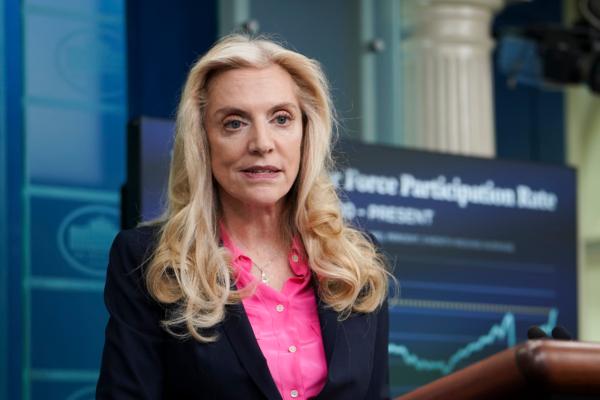
Speaking to reporters at an economic policy conference on Feb. 16, National Economic Council director Lael Brainard asserted that the slowdown in inflation and resilient consumer spending could result in a climate that is “quite benign.”
“The evidence is increasingly clear that we have achieved a strong, broad-based recovery, while inflation has fallen rapidly towards its 2 percent target,” Ms. Brainard said in prepared remarks, adding that recent improvements in the labor force and business investment have facilitated growth over the longer term.
What Recent Numbers Show
The Federal Reserve’s inflation fight has progressed, though recent indicators emphasize the concern that it is sticky and stubborn.The annual inflation rate eased to 3.1 percent in January, but it was higher than economists’ expectations of 2.9 percent. The core consumer price index (CPI), which omits the volatile energy and food sectors, was unchanged at a higher-than-expected 3.9 percent. Additionally, producer prices ticked up last month, rising 0.3 percent, higher than the consensus estimate of 0.1 percent. The core producer price index jumped 0.5 percent.
Aside from elevated price pressures, economists warn that pockets of weakness could be forming.
Last month, retail sales tumbled 0.8 percent, worse than the market forecast of 0.1 percent. The slowdown in retail trade was seen across the board, including building material and garden equipment, gasoline stations, electronic and appliance stores, and apparel. This was the worst performance since March, driven by the holiday hangover and frigid temperatures.
With consumption representing two-thirds of the national economy, a slump in household spending could be a leading factor in slower growth in the year ahead, experts note.
Moreover, industrial and manufacturing production dropped 0.1 percent and 0.5 percent, respectively.
Looking ahead, early forecasts point to another quarter of robust growth.
